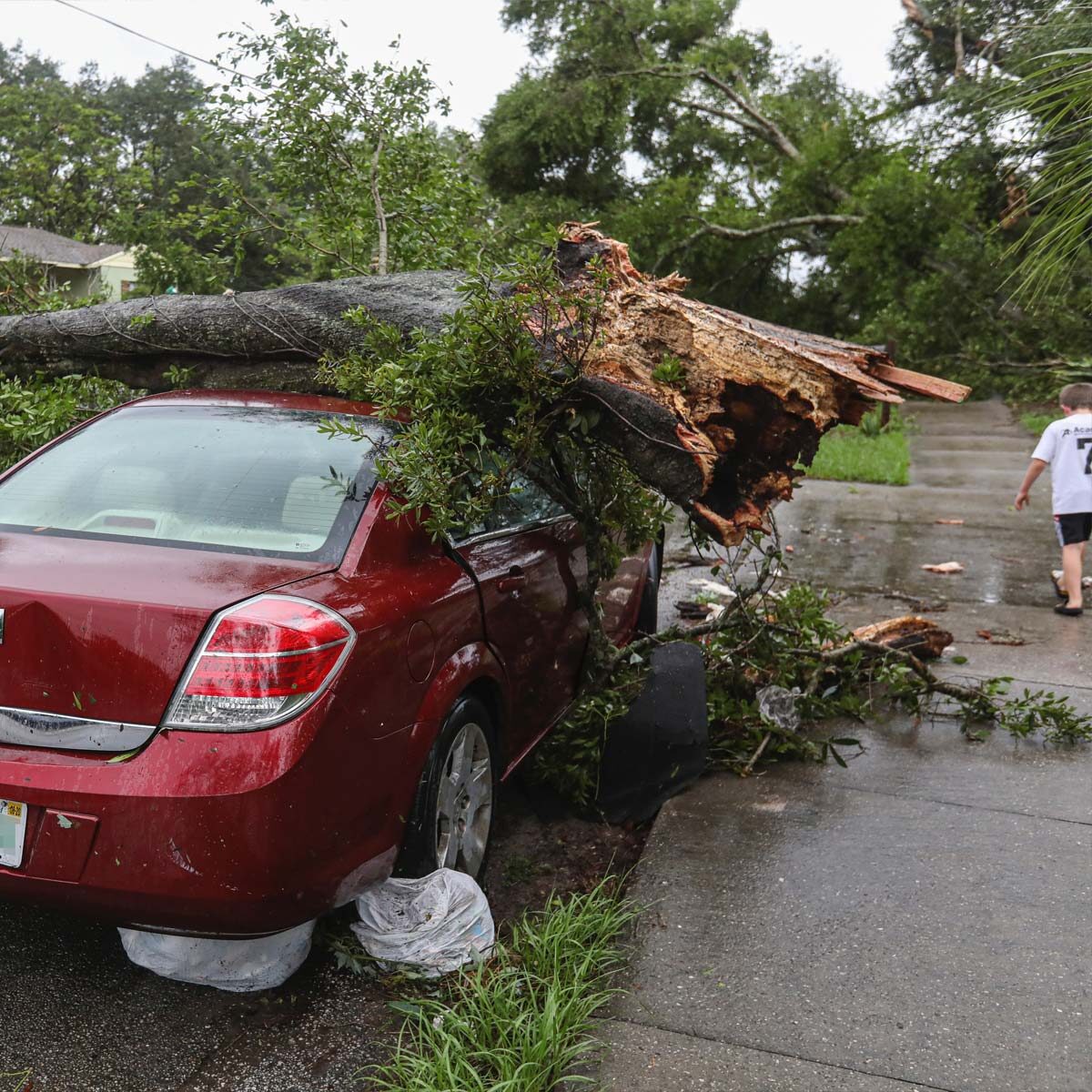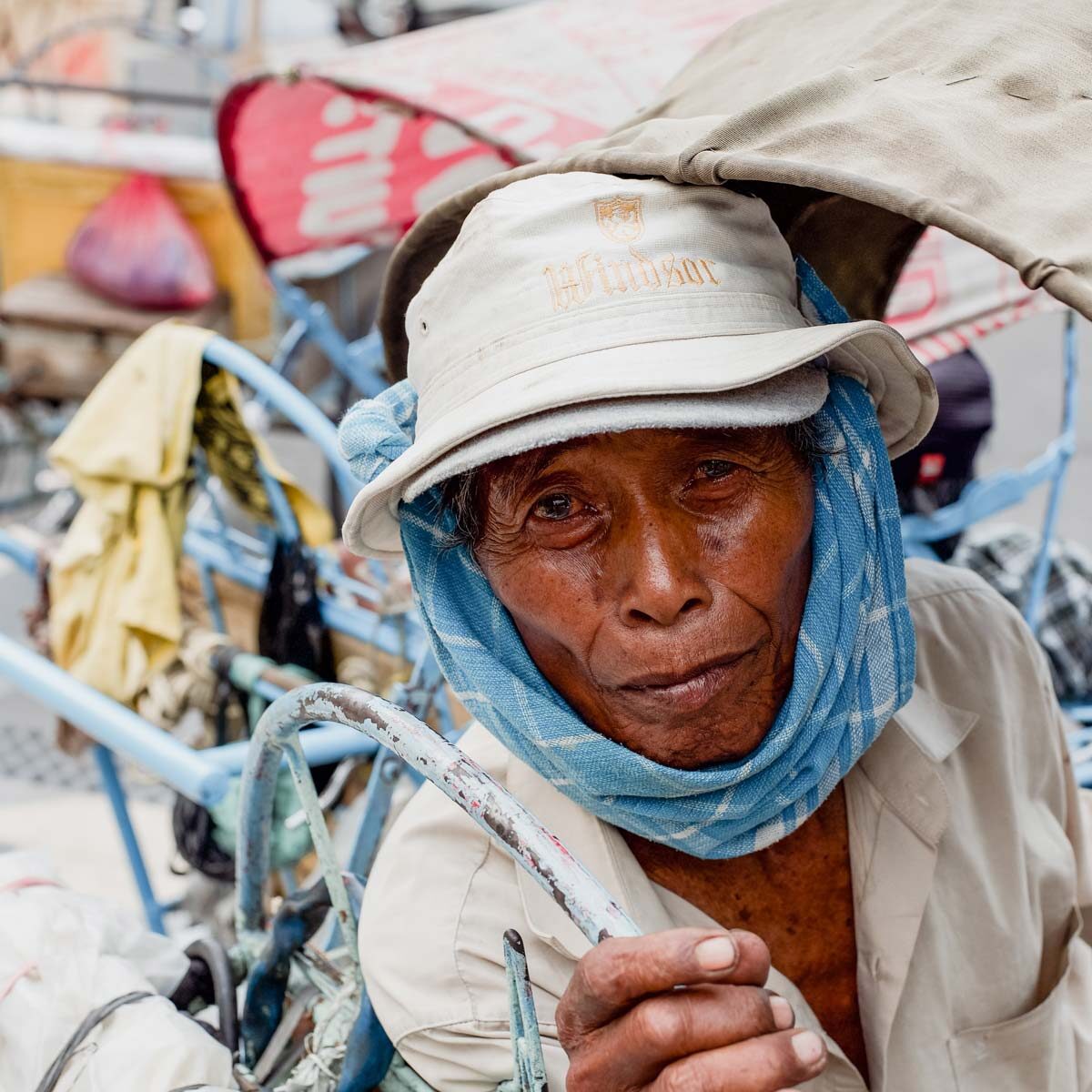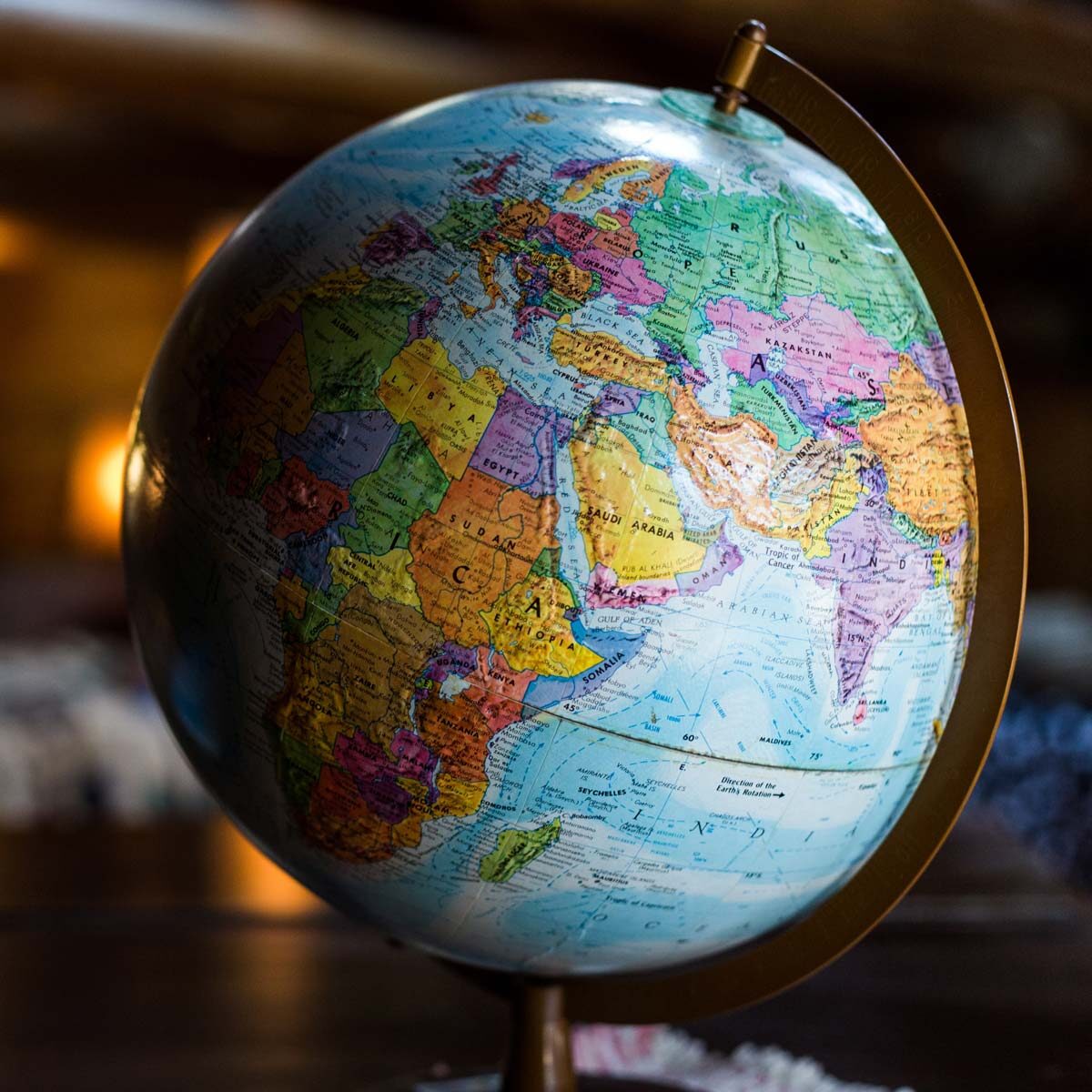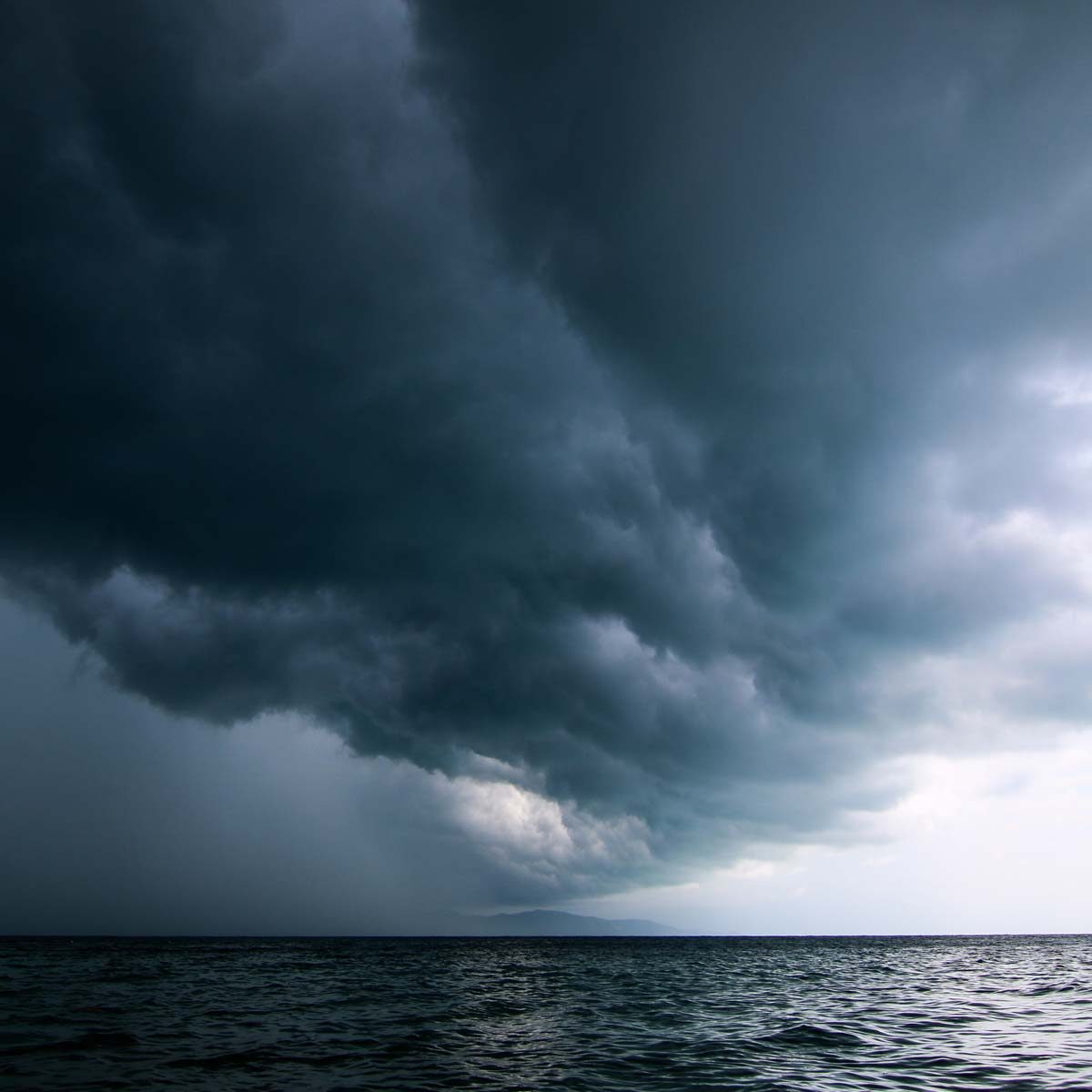Our Take
The images we often associate with climate change include endangered species or extreme weather. But what about the hundreds of millions of people being displaced from their homes if we don’t swiftly address climate change effects globally?
Educate Yourself


Quick Facts
143
143 million potential climate migrants from Latin America, sub-Saharan Africa, and Southeast Asia by 2050. They’ll be pushed out by droughts, failing crops, rising sea levels, and storm surges.[5]
13
13 million coastal residents in the U.S. to be displaced by the end of this century, as predicted by climate experts[6]
10%
The world’s richest 10% make 52% of the world’s income and are responsible for 50% of emissions. The poorest 50% get only 8% and are responsible for 10% of emissions.[7]
What is happening?
Take a moment and imagine you and your family being forced to move away from your home and community because of extreme droughts, failing crops, rising sea levels or storm surges. That’s a reality that hundreds of millions of people face in the coming decades due to the effects of climate change.
It’s also a reality that some are facing it not in the future, but right here and right now. In South Carolina, four hurricanes and one major flood have forced people out of their communities making those towns look like ghost towns. In Louisiana, the Isle de Jean Charles, a small island 80 miles southwest of New Orleans, has shrunk by 98 percent since 1955 and forced many of its residents to relocate. The homes in jeopardy belong all too frequently to rural, low-income families of color.
What are the effects?
With climate migration as with other climate equity-related issues, we see that those least responsible for climate change continue to suffer its gravest consequences. Wealthy nations have benefited significantly from the industries that emit the most greenhouse pollutants, as well as support a lifestyle heavy in greenhouse gas emissions. This is a huge reason why low-lying nations, such as the island nations in the Pacific and Indian Oceans, are now at risk.[1] Climate refugees “often come from countries with low carbon dioxide emissions and few resources to respond to climate change.”[2]
Large-scale human migration, particularly in developing country regions such as Latin America, sub-Saharan Africa, and Southeast Asia, are at extreme climate migration risk due to resource scarcity, increased frequency of extreme weather events, and other factors. While there’s been much more global focus on climate change related environmental issues, there remains a serious lack of conversations and planning on how to protect potential refugees impacted by Climate Change.[3]
On a global and local scale, we need to: [1] recognize climate change refugees as an independent group of displaced individuals; (2) establish an effective, long-term migration plan for disappearing nations and communities; and then [3] redirect funds towards resettlement. [4]
By acting now to slow down or stop the impacts of climate change, we do our part to help curb climate migration.




